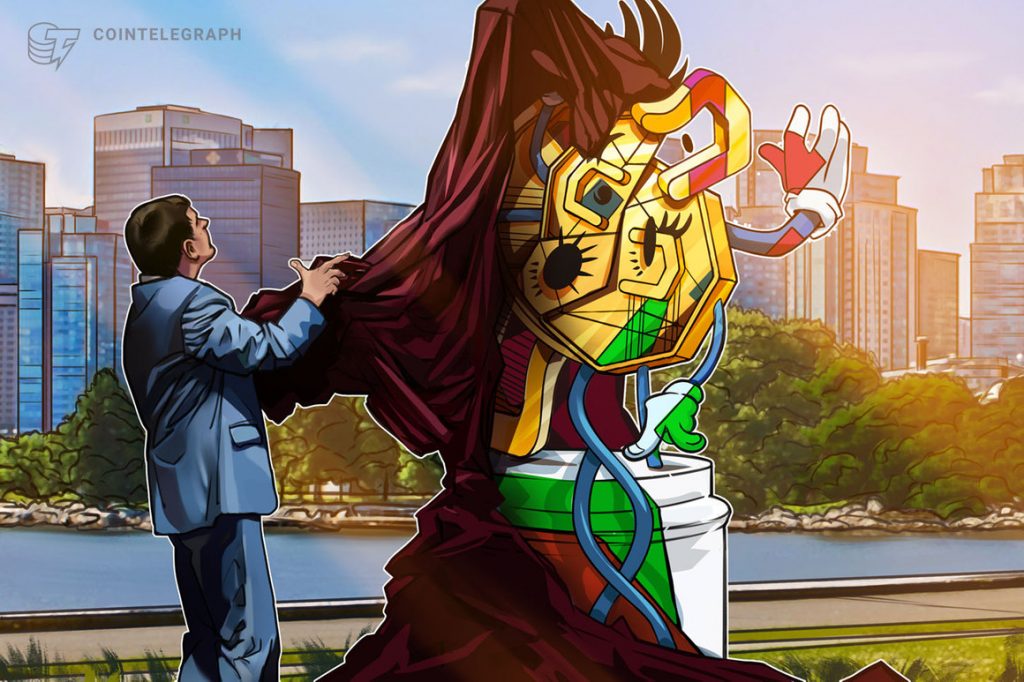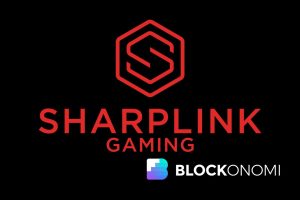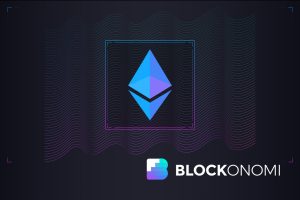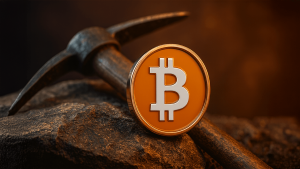This time it’s different: When DeFi meets NFTs

With decentralized finance and nonfungible tokens seeing a meteoric rise, it’s easy to believe crypto apps are finally breaking through. But is there actually real user growth, or is it just the same influencers moving from one hyped market to the next? We sought to answer this puzzle and identify what it means for the future of innovation. So, let’s take a closer look at the growth of DeFi and NFTs.
DeFi is arguably the most prevalent application of smart contracts today. Automated market makers, algorithmic stablecoins and yield farming strategies are the talk of the town. The frenzy took off in early-to-late 2020, a period that the media would fondly recall as the “DeFi Summer.” Then, SushiSwap performed its liquidity mining attack, Yearn.finance instantiated the first “yield farm,” and Uniswap implemented a retroactive airdrop.
Related: 2020’s DeFi craze: The best, worst and fishiest projects in crypto
We saw the strongest communities forming around ownership of protocol tokens, creating a positive feedback loop that edged DeFi asset valuations higher and higher.
Popularized by the now-iconic CryptoPunks, NFTs have gained an increasing share of Ethereum’s network activity. With fast-paced development, NFTs now span a range of active market segments, such as avatar-based projects, art generated on-chain, sports collectables, virtual land and play-to-earn games. In addition, public figures such as Andy Murray and Ashton Kutcher, alongside contemporary artists like Damien Hirst, have been keen to get a foothold in the NFT market.
Related: British artist Damien Hirst uses NFTs to blur the boundaries between art and money
The growth of NFT applications and rising on-chain activity makes them difficult to dismiss as an emergent asset class.

NFT and DeFi users
We tell you about wallets active in the DeFi and NFT space via our labelling system. A “Legendary NFT Collector,” for one, is in the top 0.1% in number of NFT transactions, whereas an “Elite DEX trader” is in the top 1% of decentralized exchange (DEX) transactions.
Looking at user overlap across these labels shows that NFT collectors and DEX traders are distinct user bases. It also identifies a new type of user: the NFT-DEX power user. Currently, there are 23 power users that are both Legendary NFT Collectors and Elite DEX traders. If we consider the distribution of these labels, another trend is apparent: The more active a user is trading in DeFi, the more likely they are an NFT collector.

DeFi needs NFTs and NFTs need DeFi
Not surprisingly, DeFi has matured to a point where fungibility is no longer enough. Asset ownership can become so personal, or optimized to such a granular extent, that it would make more sense to use NFTs instead. Uniswap v3 has led the charge, allowing users to customize their price range for liquidity positions in a new automated market maker design.
Related: Automated market makers are dead
The world of NFTs is also rapidly converging into DeFi. Led by protocols such as NFT20 and NFTX, NFTs are gaining financial utility by fractionalization and representation as tokens linked to DEX-based liquidity pools. Users can now gain exposure to digital art collections without buying individual pieces. The fusion of NFTs and DeFi is disrupting the very definition of nonfungible. What comes next?
Products combining DeFi and NFTs will be the winners
NFTs and DeFi appear destined to collide. Axie Infinity is an exemplary case study. Possibly the biggest revenue-generating blockchain product, Axie combines a play-to-earn game based on scarce NFTs with liquidity pools for in-game items — a true NFT-DeFi hybrid.
Related: Play-to-earn games are the catalyst for this bullish period in the markets
A network perspective of Ethereum transactions demonstrates Axie’s ability to bridge DeFi and NFT communities. The success of future crypto products will depend on their ability to engage both NFT and DeFi users. Based on Ethereum transactions over a seven-day period, Axie’s pools manage to successfully bridge DeFi and NFT subgroups.

The future
The growth of DeFi and NFT user groups suggests a bias towards long-term innovation for Ethereum and the wider crypto ecosystem. Tokens, apps and products that can appeal to new and experienced users across these markets will be first to reap the rewards.
If you subscribe to the assumption that diverse users add resilience to value, then you may speculate that markets are ripe for a robust phase of growth. The abundance of use cases for both DeFi and NFTs has made crypto primed to sustain both mega projects and niche applications. The depth of user growth suggests new value-creation in crypto will continue to outpace legacy finance and art incumbents far into the future.
This article was co-authored by Young Loon and Paul Harwood.
This article does not contain investment advice or recommendations. Every investment and trading move involves risk, and readers should conduct their own research when making a decision.
The views, thoughts and opinions expressed here are the authors’ alone and do not necessarily reflect or represent the views and opinions of Cointelegraph.
Young Loon is a research analyst at Nansen, a blockchain analytics platform. Young is an incoming undergraduate at the London School of Economics. He is an avid reader of economics and Nansen’s resident expert on decentralized finance.
Paul Harwood is a research analyst at Nansen, a blockchain analytics platform. Paul is a lecturer, consultant and PhD candidate based in South West England. He specializes in NFTs, crypto and social capital.











